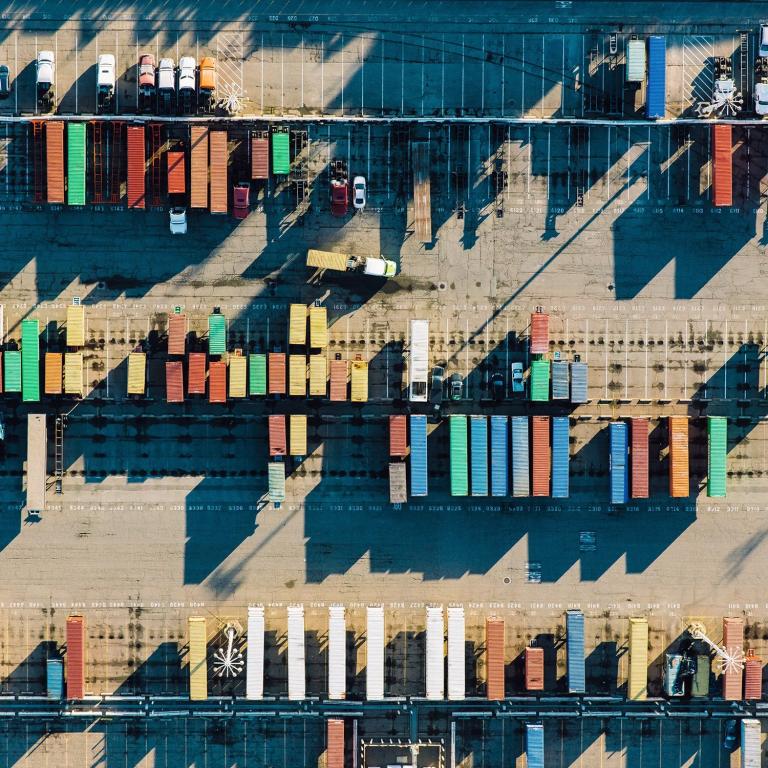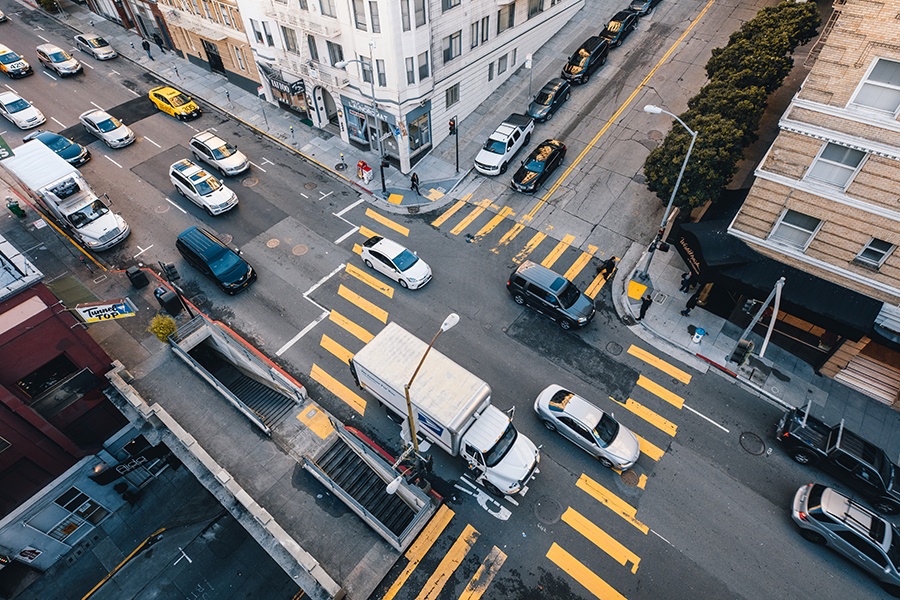How location technology is driving truck navigation to new heights

In just two years, 60 Victorian bridges across Melbourne have been hit by large vehicles. Despite precautionary measures, including protection barriers, low clearance signs and state-of-the-art height detection gantries, trucks continue to come off second-best against our country's infrastructure. That's not the way it has to be, however, and technology could help to make bridge strikes a thing of the past.
It is a wonder that the Montague St bridge in South Melbourne is still standing (and tweeting) after falling victim to an unprecedented 110 altercations over its lifetime. The issue is nationwide; a truck recently shut down the railway after getting stuck under a bridge in Brisbane, and ACT's Commonwealth Bridge has also weathered the brunt of a number of vertically optimistic freight vehicles over recent years.
But bridges are not the industry's only concern: Unsuspecting offices in the vicinity of low clearance obstacles have had their fair share of unwanted interactions, while an increasing number of tram and train lines are also being disrupted because of run-ins with trucks.

Road widths, road weight tolerances, steepness and bridges continue to present hazards to Australian fleets, and the financial consequences and risks posed to all road users by these hazards cannot be ignored. Research undertaken over the past few years has shown that cost management and safety remain at the top of the list of major concerns for fleet managers. Clearly, traditional solutions are just not cutting it, but what are the alternatives? Is there a safe and cost-efficient way to get trucks from A to B?
Research shows that 46 per cent of Australian transport companies already utilise telematics in some form, predominantly for vehicle tracking. But there remains a wide range of underutilised quality technology solutions that can enhance fleet management and improve driver safety. For example, navigational systems which don't contain bridge heights were recently blamed as part of the problem for drivers hitting Melbournian bridges. Outdated GPS technologies cannot optimise their services for large fleets and abnormal loads, automatically placing drivers on hazardous routes.
How fleet managers are making the roads safer
Today, location services with optimised routing offer the road freight transport industry better assistance and safety on the road by alleviating dangerous issues before they happen. Here are three ways Australian fleet managers are using location technologies to combat competing cost and safety pressures.
Reliable routing that avoids restrictions
Turn by turn navigation is increasingly customisable. For example, taking vehicle dimensions and number of axles into account is now possible during the fleet planning stage, giving drivers the best chance of completing a trip safely. This technology is used to avoid vehicle infrastructure collisions, as drivers receive tailored, turn-by-turn route directions that circumvent obstacles including low bridges, narrow avenues, problematic road geometry, speed limit restrictions, hazmat restrictions and even inclines. With some navigation providers offering maps with national coverage of truck-verified content, drivers and logistics managers can confidently navigate their heavy vehicle fleet anywhere across the country.

Saving time and money
Access to real-time data such as split-lane traffic information, traffic safety alerts and weather can inform smarter routing decisions and therefore increase asset utilisation. Certain telematics solutions can also provide drivers with toll cost estimations and toll-free or low-toll routes, while platforms with isoline routing and customised geofencing are also available. Armed with the fastest, safest, cheapest routes, fleet managers will reap the financial benefits of newfound efficiency.
Analysis
The advantages of location technology continue well after the cargo has been delivered. Driver behaviour, speed compliance and road usage violations can be analysed to inform safety policies, mitigate risks and ultimately increase driver retention rates. Monitoring driver performance helps fleet managers and drivers promptly respond to fatigue, and real-time notifications reduce the need for drivers to interact with their smartphones, addressing driver distraction. Finally, by visualising the entire fleet's navigational patterns, fleet managers can be assisted in overall strategic management.
The era of technological innovation is upon us, and has the potential to truly transform automotive safety in Australia and beyond. The 23rd Intelligent Transport Systems (ITS) World Congress was held in Melbourne last October, with over 11,500 delegates from 73 countries congregating to explore how technological innovations are revolutionising the transport industry. The future of freight was a focal point for the Congress's 663 speakers, and there was an overwhelming sense of excitement at the prospect of continually improving road safety with upcoming revolutionary technologies. ITS Australia CEO Susan Harris summed up the current state of play, explaining: "What is exciting is that while we have come a long way, there is still a lot more to come."
Hopefully, telematics will soon make bridge strikes a thing of the past. Even today, leading large vehicles down the 'low clearance' garden path is avoidable with the correct technologies in place, and fleet managers who have not yet embraced available innovations are urged to equip their fleets with this transformative technology.
{{cta('c63047a3-ef52-44d9-abf5-803ab7e8ace4')}}
Have your say
Sign up for our newsletter
Why sign up:
- Latest offers and discounts
- Tailored content delivered weekly
- Exclusive events
- One click to unsubscribe